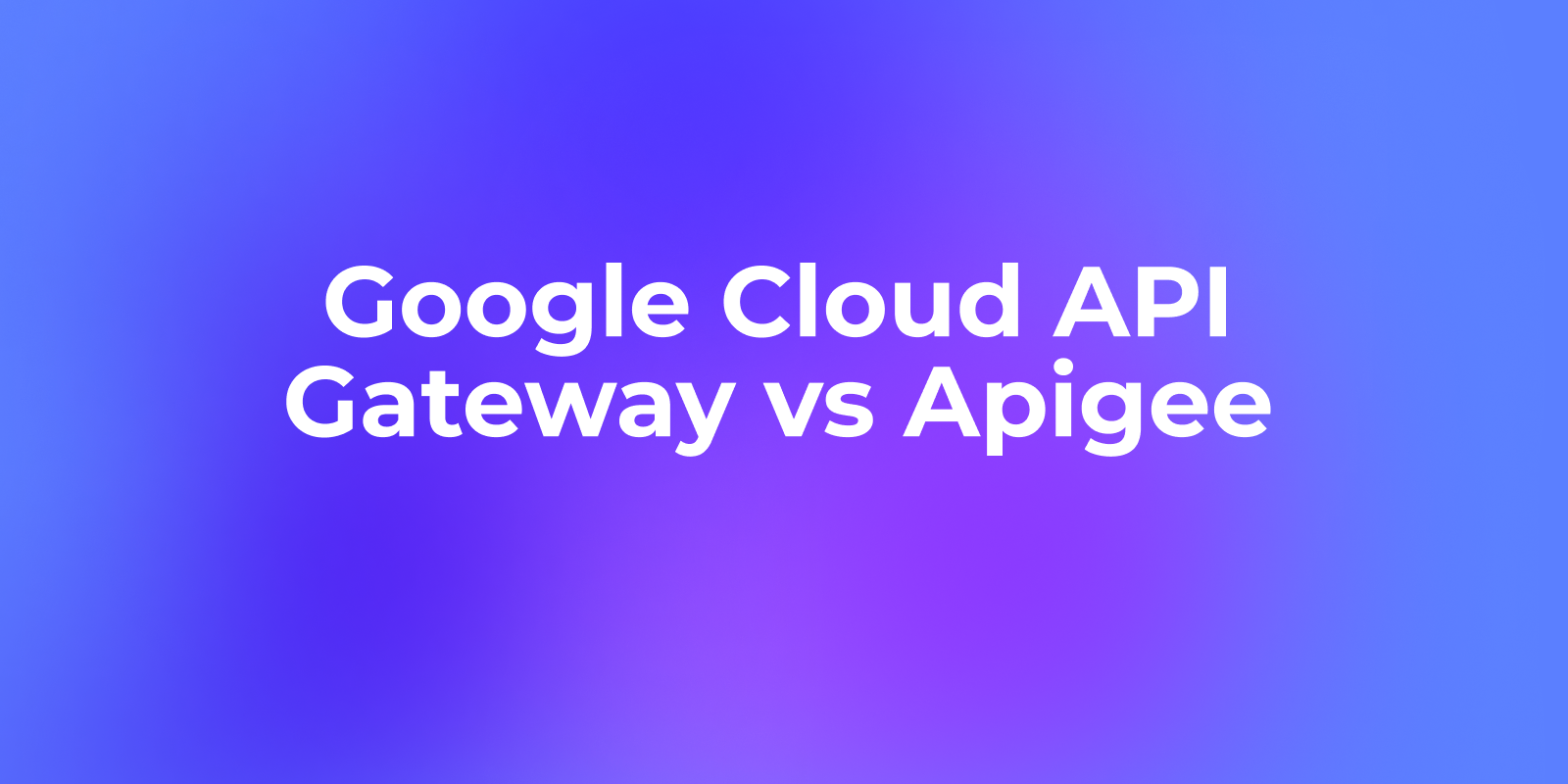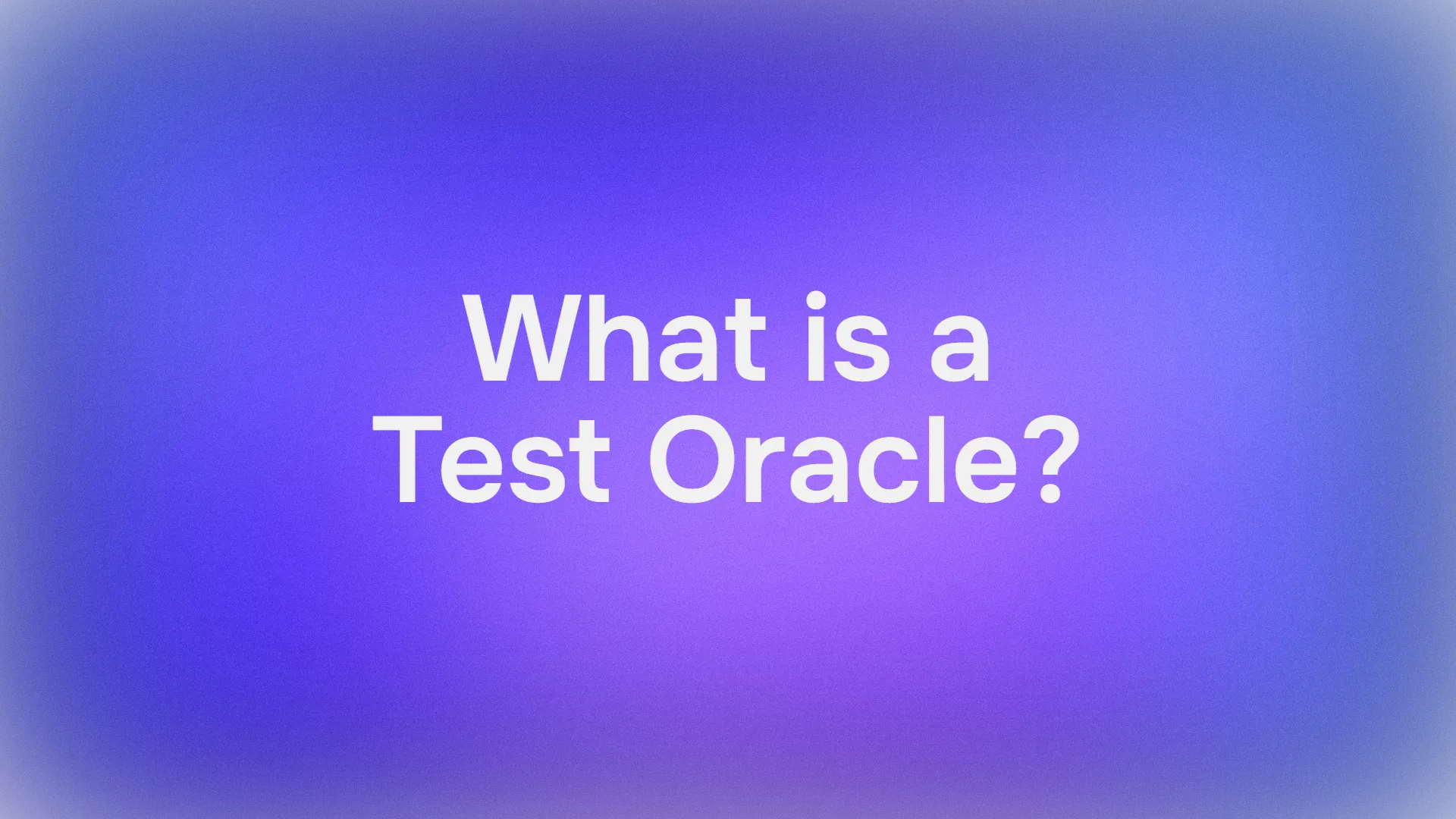APIs power nearly every digital experience today—from mobile apps and websites to microservices architectures and IoT platforms. As businesses grow and digital systems become more complex, managing APIs efficiently becomes mission-critical. That’s where API management tools like Google Cloud API Gateway and Apigee come into play.
But which one should you use?
In this hands-on guide, we compare Google Cloud API Gateway and Apigee — two powerful offerings from Google Cloud Platform (GCP).
Want an integrated, All-in-One platform for your Developer Team to work together with maximum productivity?
Apidog delivers all your demands, and replaces Postman at a much more affordable price!
What is Google Cloud API Gateway?
Think of Google Cloud API Gateway as a fully managed, lightweight, and straightforward solution designed to create, secure, and monitor APIs running on Google Cloud. It's tailor-made for developers working with serverless architectures on Google Cloud, such as Cloud Functions, Cloud Run, and App Engine.

Key Features:
- Serverless Focus: Seamlessly integrates with Google's serverless offerings.
- Ease of Use: You can define your API using an OpenAPI 2.0 specification and deploy it with a few
gcloudcommands. - Core Security: Provides essential security features like API keys and authentication via Google ID tokens.
- Monitoring and Logging: Natively integrates with Google Cloud's operations suite for logging, monitoring, and tracing.
When to Choose Google Cloud API Gateway:
- You are building internal APIs for services hosted on Google Cloud.
- Your architecture is heavily based on serverless functions (Cloud Run, Cloud Functions).
- You need a quick, low-cost way to get started with API management for a specific project or proof of concept.
- You don't require advanced features like a developer portal or API monetization.
What is Apigee?
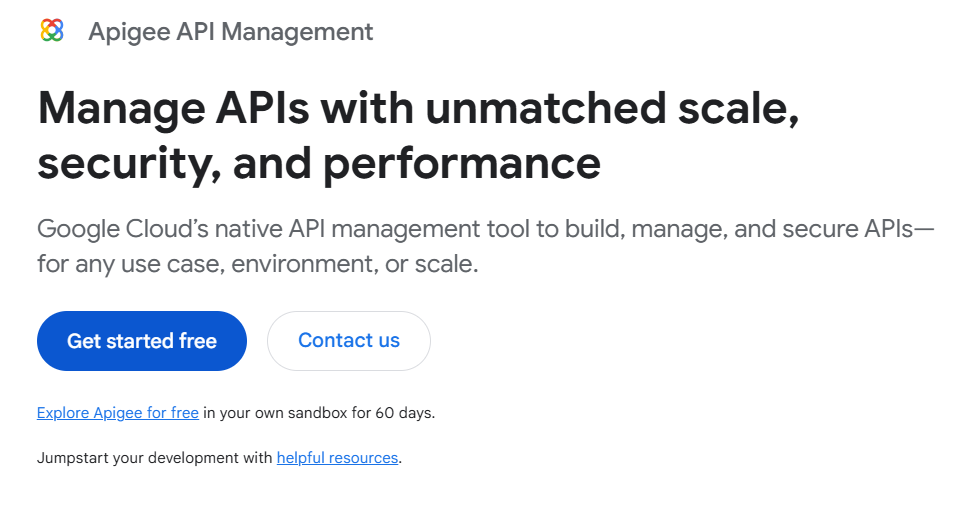
Owned by Google Cloud, Apigee is a full-featured API management platform. It is useful for everything from refactoring legacy monoliths to serving millions of requests per day in high-compliance settings.
Apigee is suitable for dealing with multiple teams, complex services, or external clients who need visibility and self-service documentation.
Key Features:
- Advanced analytics: Real-time dashboards to slice and dice API traffic
- Full-lifecycle management: Design, build, secure, deploy, and monitor in one system
- Enterprise-grade security: OAuth2, policy enforcement, and constant threat assessment
- Developer portals: Easy onboarding and documentation for any API user
- API monetization: Set rate plans and generate revenue from your APIs
- Hybrid & multi-cloud support: Deploy on-prem, multi-cloud, or in Google Cloud seamlessly
When to Choose Apigee:
- You are exposing APIs to external developers, partners, or customers.
- You operate in a regulated industry (e.g., finance, healthcare) with strict security and compliance requirements.
- You need to manage a large volume of APIs across distributed, multi-cloud, or hybrid environments.
- You plan to monetize your APIs or treat them as strategic business products.
Google Cloud API Gateway vs Apigee: the Differences
| Feature | Google Cloud API Gateway | Apigee |
|---|---|---|
| Primary Use Case | Exposing and securing Google Cloud-native services (Cloud Run, Cloud Functions, App Engine). Ideal for internal or project-level APIs. | Comprehensive, enterprise-grade API management for any use case, including complex, high-volume, and external-facing APIs. |
| Deployment Model | Fully managed Google Cloud service. | Hybrid, multi-cloud, and on-premises. |
| Security | API keys, Google ID tokens, service accounts. Basic authentication and authorization. | Advanced security: OAuth 2.0, JWT, SAML, bot detection, threat protection, fine-grained policy enforcement. |
| Developer Portal | No built-in developer portal. | Fully customizable, feature-rich developer portals for self-service onboarding, documentation, and community management. |
| API Monetization | Not supported. | Built-in capabilities to create rate plans, billing, and reports to monetize APIs. |
| Analytics & Monitoring | Basic logging, monitoring, and tracing via Google Cloud's operations suite (Cloud Monitoring, Cloud Logging). | Advanced, real-time analytics dashboards, custom reports, and predictive security alerts. |
| Protocol Support | REST APIs via OpenAPI v2. | REST, GraphQL, gRPC, SOAP. |
| Pricing Model | Consumption-based (pay-as-you-go). Inexpensive to start. | Subscription tiers and pay-as-you-go options. Can be more costly but cost-effective at scale. |
| Best For | - Internal APIs - Serverless applications - Teams deeply integrated with Google Cloud - Quick and cost-effective launches |
- External/partner-facing APIs - High-compliance industries (finance, healthcare) - Multi-cloud or hybrid deployments - Organizations requiring a developer portal and monetization |
Pro Tip: Supercharge Your API Workflow with Apidog
Regardless of which gateway you choose, Apidog can dramatically improve your team's productivity. While gateways manage APIs in production, Apidog is your secret weapon for the entire pre-production lifecycle.
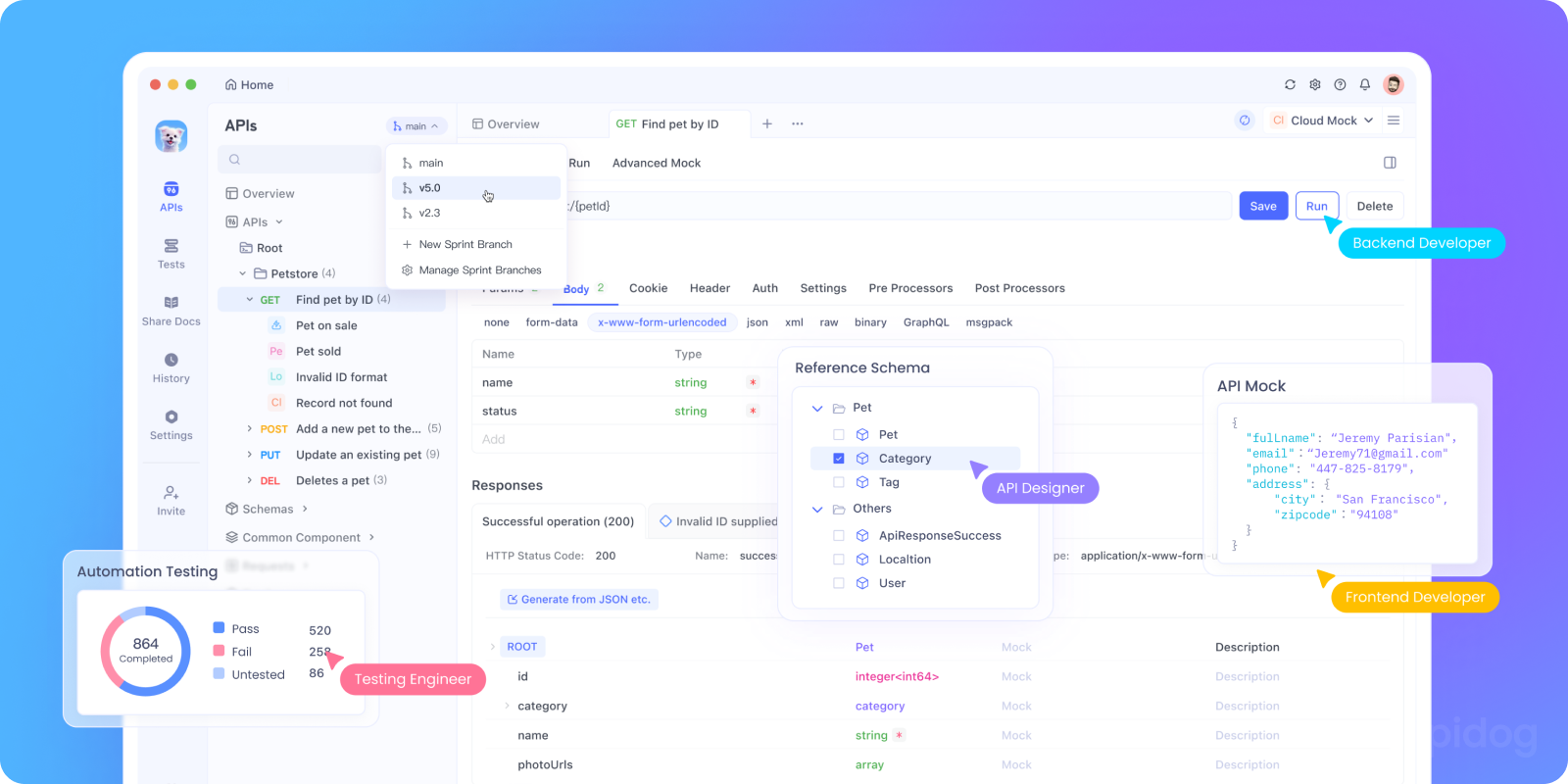
Apidog simplifies the API lifecycle, offering a streamlined workflow for teams. It is best for teams seeking a comprehensive and efficient tool to manage all aspects of API development in one place.
Here’s where workflow changed for the better with Apidog:
- Design & Collaborate: Visually design your APIs and get feedback before writing any code.
- Document: Automatically generate beautiful, interactive documentation that stays in sync with your API design.
- Mock & Test: Generate instant mock servers and create comprehensive automated tests to ensure your API works perfectly.
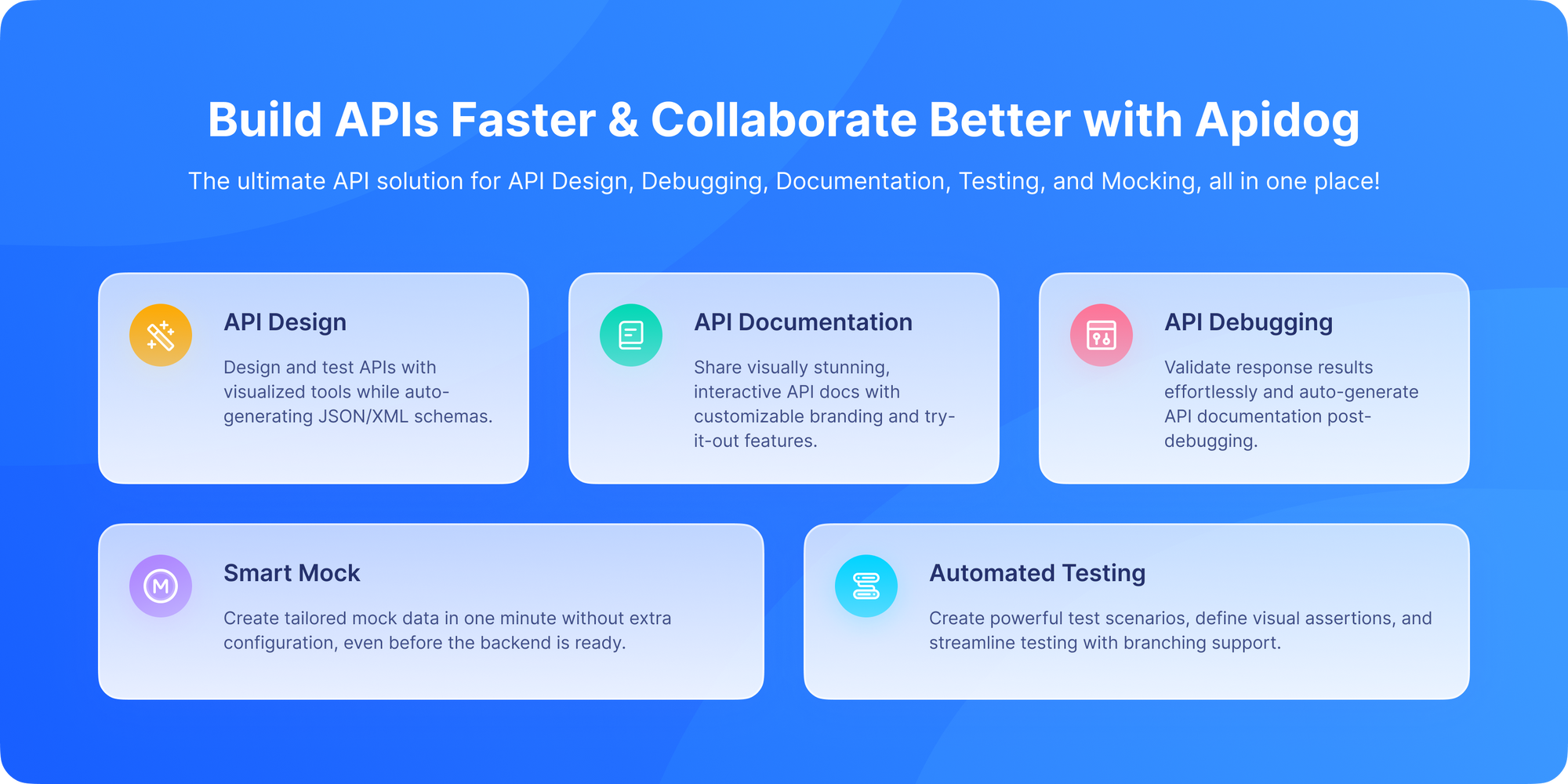
Final Thoughts: Go Smarter, Not Harder
Both Apigee and Google Cloud API Gateway are excellent tools, but they solve different problems.
- Choose Google Cloud API Gateway for lightweight, serverless-focused projects on Google Cloud.
- Choose Apigee for enterprise-grade, high-scale, or externally-facing APIs that require robust security, governance, and monetization.
The smartest choice, however, is to optimize your entire API workflow. By integrating a comprehensive platform like Apidog for the design, mocking, and testing phases, you empower your team to build better APIs faster.
